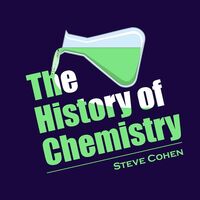Total duration:14 h 30 min
|
|
|
17:03
|
|
|
|
19:04
|
|
|
|
01:36
|
|
|
|
21:46
|
|
|
|
20:20
|
|
|
|
17:42
|
|
|
|
17:43
|
|
|
|
22:13
|
|
|
|
18:17
|
|
|
|
20:32
|
|
|
|
23:15
|
|
|
|
32:44
|
|
|
|
21:22
|
|
|
|
25:53
|
|
|
|
16:29
|
|
|
|
28:30
|
|
|
|
23:18
|
|
|
|
20:09
|
|
|
|
19:46
|
|
|
|
11:05
|
|
|
|
22:55
|
|
|
|
22:32
|
|
|
|
25:32
|
|
|
|
25:07
|
|
|
|
20:19
|
|
|
|
27:45
|
|
|
|
19:18
|
|
|
|
26:16
|
|
|
|
24:36
|
|
|
|
20:57
|
|
|
|
23:30
|
|
|
|
23:42
|
|
|
|
26:13
|
|
|
|
22:42
|
|
|
|
22:08
|
|
|
|
21:26
|
|
|
|
24:34
|
|
|
|
25:39
|
|
|
|
23:38
|
|
|
|
22:56
|

